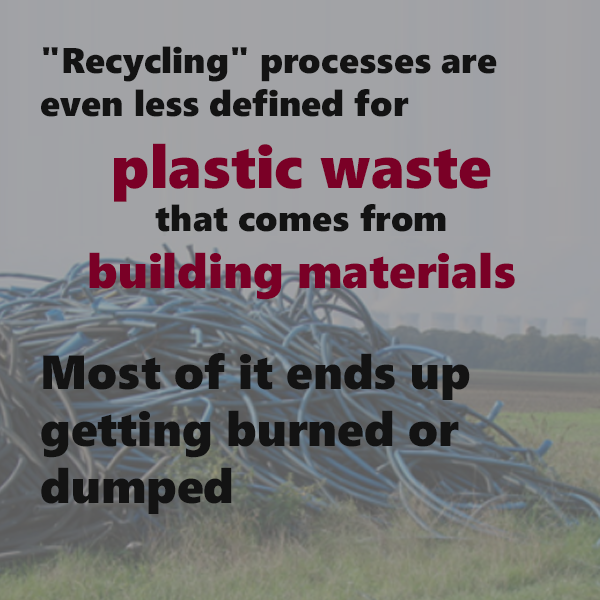The Lie of Plastic Recycling
 Bloomberg investigative reporter Kit Chellel put two trackers inside pieces of plastic and deposited them in recycling bins at 3 Tesco locations in the UK. The linked video provides a fascinating look inside a “hidden ecosystem that very few people have oversight of… dirty smelly places to be sorted and dealt with by someone else.” Spoiler alert in case you can’t spare 13 worthwhile minutes to watch his detailed reporting: virtually all plastic cannot be recycled because it’s too low quality, is contaminated, or is too expensive to sort and process.
Bloomberg investigative reporter Kit Chellel put two trackers inside pieces of plastic and deposited them in recycling bins at 3 Tesco locations in the UK. The linked video provides a fascinating look inside a “hidden ecosystem that very few people have oversight of… dirty smelly places to be sorted and dealt with by someone else.” Spoiler alert in case you can’t spare 13 worthwhile minutes to watch his detailed reporting: virtually all plastic cannot be recycled because it’s too low quality, is contaminated, or is too expensive to sort and process.
This report focuses on single-use containers and packaging, but “recycling” processes are less defined and no better for plastic waste that comes from building materials and durable goods. The bottom line? At the end of its all-too-short lifespan, most of the plastic “recycled” by companies and communities ends up leaving environmental scars in locations that offer the lowest cost of disposal.
Two examples from the video:
- Poland burns bales of plastic waste to fuel their cement industry, using the petrochemical content as a cheaper (but not necessarily cleaner) alternative to coal.
- Turkey takes truckloads and shiploads of waste, sorting and repurposing some, but dumping the rest. “Turkey as a destination for waste has huge problems… a lot of the plastic that goes to Turkey ends up being illegally disposed of.”
Chellel concludes: “If this entity [Tesco] can’t properly dispose of plastic, what hope is there for a little cash-strapped town council that we want to dispose of our plastic by the curbside?…The reality is — despite all the nice words and the good intentions — that still, the vast majority of all the soft plastic that goes into the market is either gonna be incinerated or it’s going to be buried.” It’s an unfortunate legacy of environmental impacts that continue as well in the U.S., where 75% of plastic waste went to landfills and 16.3% was burned in 2018.

